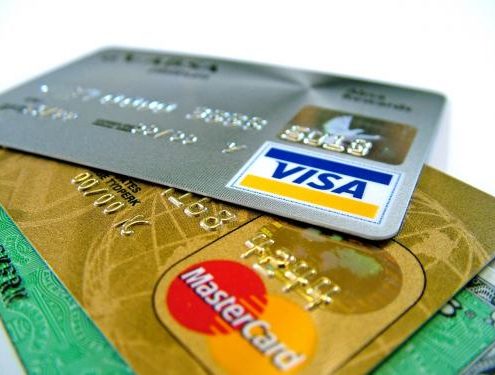What are you thankful for?
by Jorge Santiago
It’s hard to believe that Thanksgiving is right around the corner. But 2014 has flown by and, sure enough, turkey will be served on dinner tables across the country within a few short weeks.
This is the time of year when we reflect upon our blessings and show our appreciation to our loved ones and to those who really strive to change the world for the better.
Here at The Milford Bank, we welcome the opportunity to say thank you to the members of our communities who strive to help those less fortunate in the Milford and Stratford locales. And that’s why we established The Milford Bank Foundation in 2003: to support charitable, health, public safety and education initiatives in our area.
To show our appreciation for these organizations, we’re pleased to announce that the foundation is currently accepting grant proposals from 501(c)(3) charity groups that serve our Milford and Stratford communities. The grants will range from $250 to $2,500 for the year ending Dec. 31, 2014. Please keep in mind that submissions must be made by Nov. 15. (Click here for more information and to obtain the Grant Application.)
While it’s important to support our neighbors year round, we particularly enjoy celebrating the spirit of giving at this time of year when the focus is on gratitude for each other and the world in which we live. That’s why we’re excited to be able to offer these grants through our foundation.
If you’re interested in applying for one of the grants, please click here to download the application. From our family here at The Milford Bank to you and yours, a very Happy Thanksgiving!



